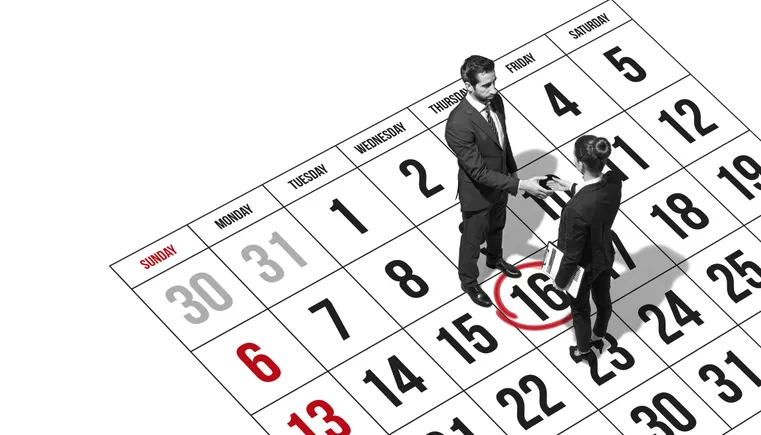Among job seekers who are 50 and older, 59% believe their age has created obstacles during the hiring process due to ageism, according to a Sept. 24 report from CWI Labs.
In addition, 46% of older job seekers said they’ve been looking for a job for at least a year, and only 21% feel optimistic they’ll find a job in the next six months.
“Older workers play a pivotal role in the U.S. labor force. This survey highlights the age-related bias older workers and job seekers face that is costing our economy trillions of dollars each year,” Gary Officer, founder and CEO of CWI Labs, said in a statement.
“An age inclusive workforce is an economic imperative, yet the U.S. lags behind all but one of the other G-7 countries on the percentage of GDP spent on worker training,” he said. “It is critical that we continue to work with policymakers and businesses to challenge the current approach to workforce development and drive opportunities for older workers to thrive in the rapidly evolving world of work.”
In a survey of 1,600 Americans between ages 18-71, 81% of workers over age 50 said they believe employers want younger applicants. Despite their willingness to collaborate with colleagues of all generations, though, they’re less likely to say they have positive relationships with colleagues across all ages (83% of those aged 50+ versus 94% of those aged 18-49).
In addition, 28% of older workers said they’ve witnessed age-related microaggressions. About 19% said they’ve experienced microaggressions, and 70% said these age-related microaggressions came from younger colleagues.
Even so, 78% of employed older workers said they work on teams with colleagues from different generations, and 74% said they’re comfortable being managed by someone younger than them.
Beyond that, 92% of workers over age 50 said they’re willing to learn and are interested in opportunities to learn new professional skills, including digital skills.
Older adults now comprise a larger share of the American workforce, with ages 65 and older making up 29.5% of the workforce in 2023, as compared to 23% in 2000, according to a report from the Employee Benefit Research Institute. Given the shift, employers should strive to understand the changing demographic characteristics of the older workforce and design employee benefit plans to fit them, an EBRI director said.
HR professionals may be particularly well-positioned to fight age bias in hiring, according to the American Staffing Association’s CEO. To support a “paradigm shift” in the U.S. labor market, he said, HR teams can reevaluate their recruiting efforts, set hiring process standards and conduct training for hiring managers.
To foster better workforce equity, employers will need to step out of the “time warp” and drop their stereotypes that older workers are frail or don’t want to learn new skills, panelists said at the Center for Workforce Inclusion’s 2023 Equity Summit. HR teams can also feature older workers in their recruitment materials, ensure diversity among their recruiting staff and include older candidates in many of their hiring pools.






Leave a Reply